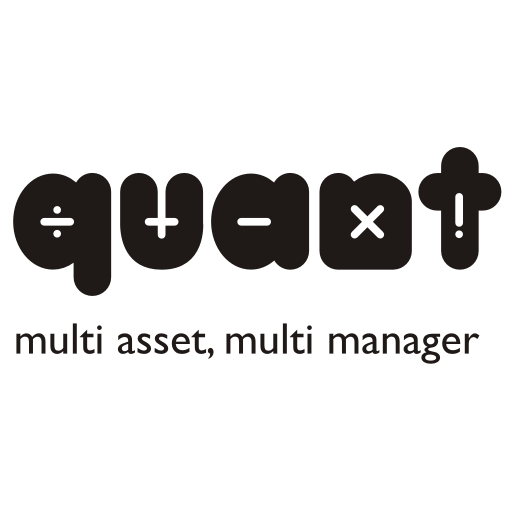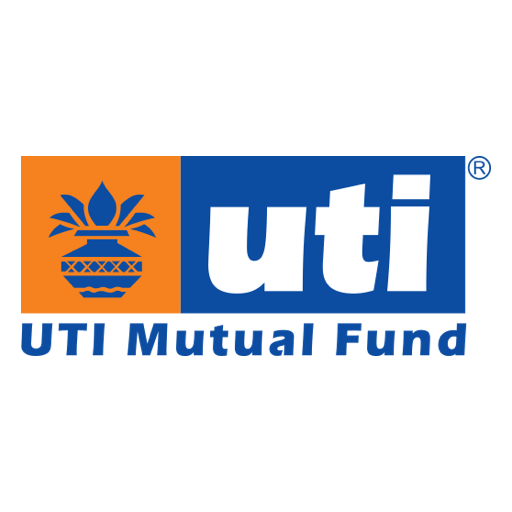
Balanced Mutual Funds
Mutual fund schemes that invest in a mix of equities and debt, giving you the best of both worlds. They are ideal for investors who are looking for a mixture of safety, income and modest capital appreciation.
FiltersReset
Return Duration
3 Years
Min Investment
<= ₹500
₹501 - ₹2000
> ₹2000
Rating 5
5 4
4 3
3 2
2 1
1
Rated By Value Research
Value Research
Sub Categories Aggressive
Aggressive Arbitrage
Arbitrage Balanced
Balanced Conservative
Conservative Dynamic Asset Allocation
Dynamic Asset Allocation Equity Savings
Equity Savings Multi Asset Allocation
Multi Asset Allocation
AMC 360 ONE Mutual Fund
360 ONE Mutual Fund Aditya Birla Sun Life Mutual Fund
Aditya Birla Sun Life Mutual Fund Axis Mutual Fund
Axis Mutual Fund Bajaj Finserv Mutual Fund
Bajaj Finserv Mutual Fund Bandhan Mutual Fund
Bandhan Mutual Fund Bank of India Mutual Fund
Bank of India Mutual Fund Baroda BNP Paribas Mutual Fund
Baroda BNP Paribas Mutual Fund Canara Robeco Mutual Fund
Canara Robeco Mutual Fund Capitalmind Mutual Fund
Capitalmind Mutual Fund DSP Mutual Fund
DSP Mutual Fund

JM Aggressive Hybrid Fund Direct-Growth
Aggressive
Min. Investment
₹100
Category Returns
11.39%
24.86%
3Y Returns
22.46

Nippon India Multi Asset Allocation Fund Direct - Growth
Multi Asset Allocation
Min. Investment
₹100
Category Returns
13.86%
22.10%
3Y Returns
22.10

Nippon India Asset Allocator FoF Direct - Growth
Multi Asset Allocation
Min. Investment
₹100
Category Returns
13.86%
22.10%
3Y Returns
21.23

ICICI Prudential Multi Asset Fund Direct-Growth
Multi Asset Allocation
Min. Investment
₹21
Category Returns
13.86%
22.10%
3Y Returns
21.18

Kotak Multi Asset Allocator FoF - Dynamic Direct-Growth
Multi Asset Allocation
Min. Investment
₹100
Category Returns
13.86%
22.10%
3Y Returns
21.03

ICICI Prudential Equity & Debt Fund Direct-Growth
Aggressive
Min. Investment
₹100
Category Returns
11.39%
24.86%
3Y Returns
21.02

Quant Multi Asset Fund Direct-Growth
Multi Asset Allocation
Min. Investment
₹1000
Category Returns
13.86%
22.10%
3Y Returns
21.02

UTI Multi Asset Allocation Fund Direct-Growth
Multi Asset Allocation
Min. Investment
₹500
Category Returns
13.86%
22.10%
3Y Returns
20.39

Bank of India Mid & Small Cap Equity & Debt Fund Direct-Growth
Aggressive
Min. Investment
₹1000
Category Returns
11.39%
24.86%
3Y Returns
20.06

HDFC Balanced Advantage Fund Direct Plan-Growth
Dynamic Asset Allocation
Min. Investment
₹100
Category Returns
9.94%
19.91%
3Y Returns
19.91
1
2
3
4
5
6
1
What are Balanced Funds and how do they work?
Balanced Funds, also known as Hybrid Funds, primarily invest in different asset classes like stocks, bonds and gold in a given percentage. It helps you to earn higher returns on investments as compared to investing in plain vanilla debt funds. At the same time, you may lower the overall portfolio risk as compared to investing in pure equity funds. The NAV of a balanced fund may go up/down based on the extent of stocks present in your portfolio. The structure of balanced funds is such that the portfolio is well-diversified by default. The fund manager would use market research to pick stocks and bonds to deliver returns as expected. Thus, balanced funds aim at growing wealth while maintaining a relatively stable portfolio.
Risk-Return Potential
Balanced funds have debt securities to cushion them against market swings. But at the same time, these funds are considered a bit riskier than pure debt funds. Owing to relatively higher allocation to debt instruments, Conservative Hybrid Funds have moderate risk as compared to other sub-categories. On the contrary, Aggressive Hybrid Funds have relatively higher risk on account of extensive allocation to stocks. But at the same time, these funds have a potential to generate higher risk-adjusted returns. Remember that the fund NAV may fluctuate due to changes in interest rates and stock prices. To boost returns, you may invest in Balanced Advantage Funds, wherein your portfolio would be aligned with the underlying interest rate movements. If you want exposure to multiple asset classes under one umbrella, you may go for Multi Asset Allocation Funds.
Who should invest?
Balanced Funds offer you a healthy dose of stocks along with a cushion of debt instruments. In some cases, you can seek exposure to gold and money market instruments as well. Balanced funds may be ideal for investors who want to stay invested for a period of at least 5 years. Especially, in the case of funds which hold long duration bonds and mid cap stocks, having a long term investment horizon helps to achieve the fund’s true potential. Besides, a relatively stable asset allocation gives you a blend of safety, income and moderation wealth creation.
Retirees who have a moderate risk appetite may invest in balanced funds to earn inflation beating returns and to safeguard the retirement corpus. Long term investors who fall in higher tax brackets may allocate a part of their portfolio towards balanced funds which have an equity component of at least 65%. It may lower their tax liability as the long term capital gains up to Rs 1 lakh are tax-free and the gains exceeding the threshold of Rs 1 Lakh are taxed at the rate of 10%.
Retirees who have a moderate risk appetite may invest in balanced funds to earn inflation beating returns and to safeguard the retirement corpus. Long term investors who fall in higher tax brackets may allocate a part of their portfolio towards balanced funds which have an equity component of at least 65%. It may lower their tax liability as the long term capital gains up to Rs 1 lakh are tax-free and the gains exceeding the threshold of Rs 1 Lakh are taxed at the rate of 10%.
How to pick the right balanced fund?
Before investing in balanced funds, you need to have a thorough understanding of the underlying offering. You should examine the instruments in which the fund has invested and ensure that these are in line with your risk appetite and investment horizon. A balanced fund which is heavily invested in mid caps and long duration bonds, may seem a risky proposition for someone who is seeking a safe avenue. If you are looking to preserve capital over the long term, then you may invest in a balanced fund which holds primarily large cap stocks and high-rated bonds. Along with this, you may compare the funds based on returns to look for a fund which may give a consistent performance.